Nikita Petrov
CDMA and Non-Uniform Multiplexing: Dynamic Range in MIMO Radar Waveforms
Aug 26, 2024Abstract:This paper presents a performance comparison of various MIMO radar multiplexing approaches where the increasing number of transmitters adversely affects the dynamic range of the resultant MIMO system. The investigated multiplexing techniques are code-division multiplexing in phase-coded frequency-modulated continuous wave (FMCW) and phase-modulated continuous wave (PMCW) radar. Additionally, random fast/slow time multiplexing in time and frequency is considered for frequency-modulated continuous wave and orthogonal frequency-division multiplexing (OFDM) radars. The comparative analysis is conducted through simulations, evaluating the scalability with the number of transmitters and addressing other pertinent implementation concerns. The findings provide insights into the trade-offs associated with each approach, aiding in selecting suitable MIMO radar multiplexing strategies for practical applications.
Smoothed Phase-Coded FMCW: Waveform Properties and Transceiver Architecture
Mar 14, 2022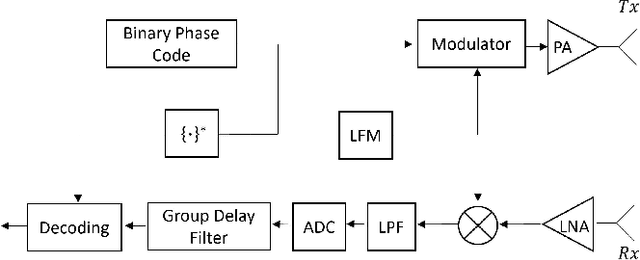
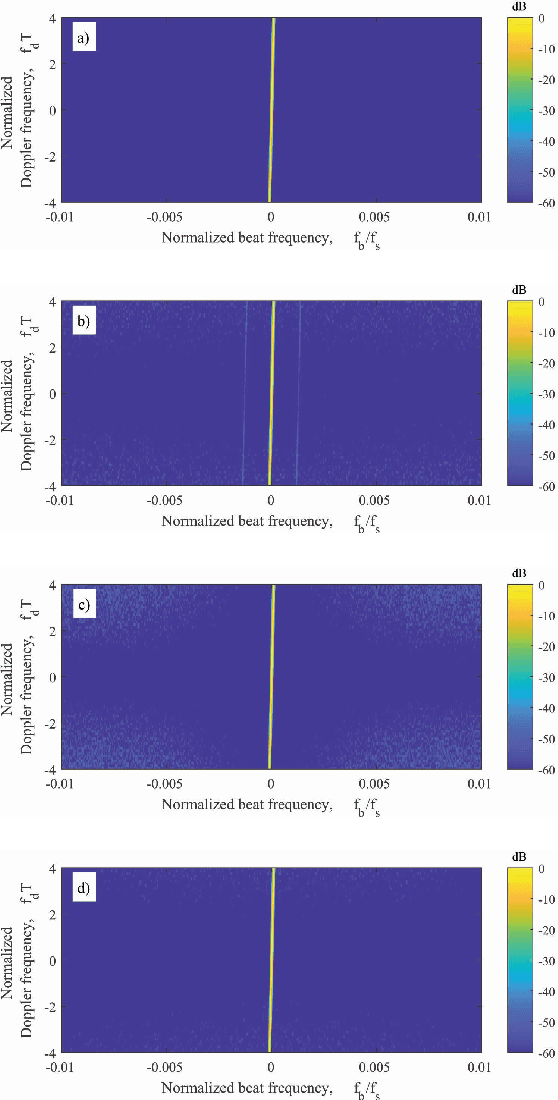
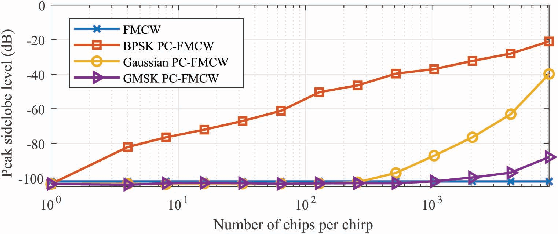
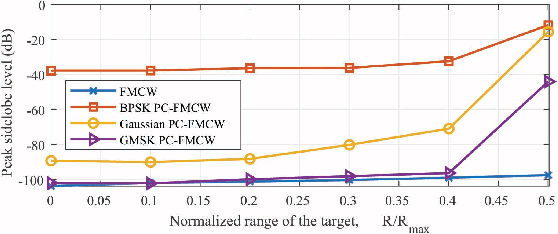
Abstract:Smoothed phase-coded frequency modulated continuous waveform (SPC-FMCW), which is aimed to improve the coexistence of multiple radars operating within the same frequency bandwidth, is studied and the receiving strategy with a low ADC sampling requirement is investigated. The Gaussian filter is applied to obtain smooth phase transition, and the phase lag compensation is performed on transmitted phase code to enhance decoding. The proposed waveform is examined in different domains, and its waveform properties are analysed theoretically and demonstrated experimentally. Both the simulation and experimental results show that the introduced waveform with the investigated processing steps helps to combine all advantages of the FMCW waveform including hardware simplicity and small operational bandwidth of the receiver with advantages of the phase coding.
A Novel Approach to Vehicle Pose Estimation using Automotive Radar
Jul 20, 2021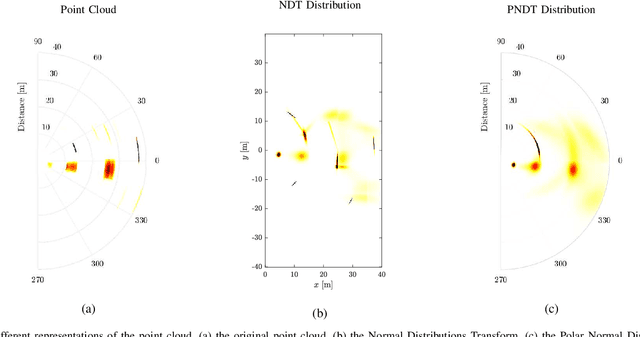
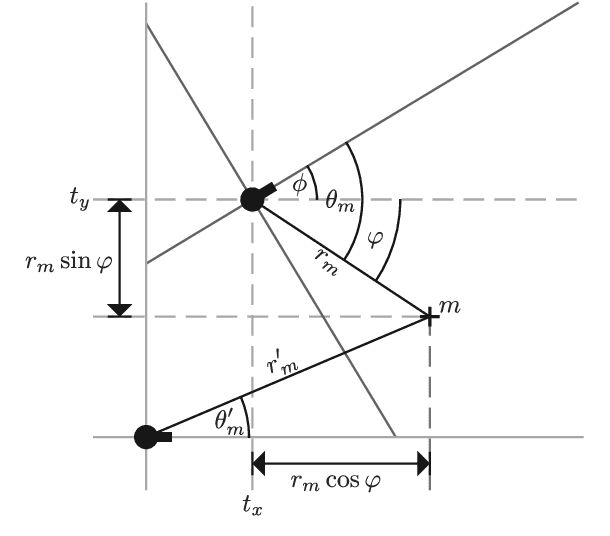
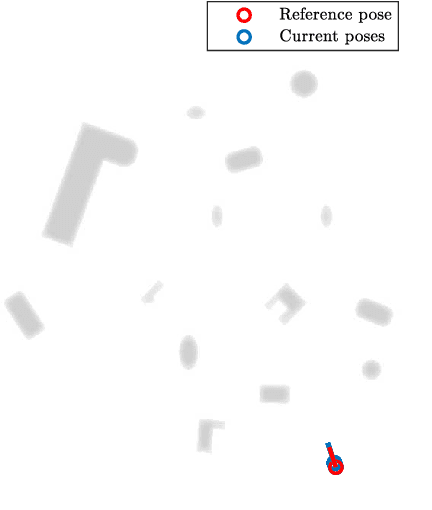
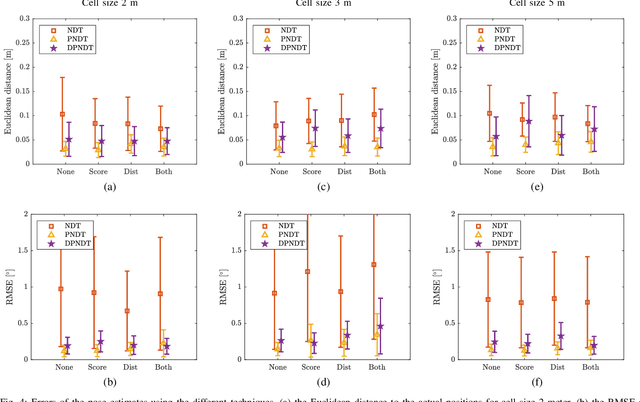
Abstract:This paper presents a set of novel scan-matching techniques for vehicle pose estimation using automotive radar measurements. The proposed approach modifies the Normal Distributions Transform (NDT) -- a state-of-the-art scan-matching SLAM technique, widely used in lidar-based localization -- to account for particular aspects of radar environment perception. First, the polar NDT (PNDT) is introduced by solving the NDT problem in the polar coordinate system, natural for radar measurements. A better agreement between the measurement uncertainties and their representation in the scan-matching algorithm is achieved. Second, the extension of PNDT to take into account the Doppler measurements -- Doppler polar NDT (DPNDT) -- is proposed. Third, the SNR of detected targets is added to the optimization procedure to minimize the impact of RCS fluctuation. The improvement over the conventional NDT is demonstrated in numerical simulations and real data processing, showing the ability to decrease the localization error by a factor of 3 to 5, depending on the scenario, with a negligible increase in computational complexity. Finally, a DPNDT extension with the capability to compensate angular bias in array beam-forming is presented. Simulation results and real data processing show the possibility to correct it with the accuracy of $0.1^\circ$ almost in real-time.
 Add to Chrome
Add to Chrome Add to Firefox
Add to Firefox Add to Edge
Add to Edge